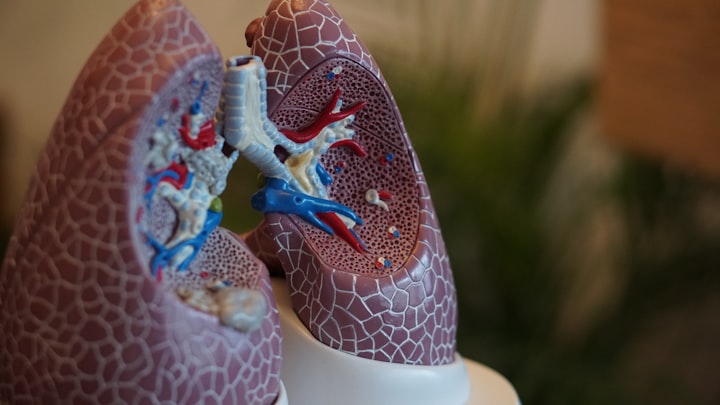Knock-on Effects Of Chemotherapy
The cancer series(art-3)

Chemo and other cancer therapies are formulated to kill fast-growing cancer cells. But remember, these drugs go through the whole body system. In the due course, they tend to damage other body cells which ain’t cancerous. At that point, the patient might face some complications or illnesses. These complications are the side effects of chemotherapy.
The side effects vary with the patients involved and the type of cancer the patients are suffering from.
The list of the side effects is very long with the following being considered dominant;
1. Lymphedema
2. Neutropenia
3. Fatigue
4. Cancer Pain
5. Blood clots
6. Nausea and vomiting
7. Alopecia
8. Venous thrombosis
All the above-mentioned side effects have different signs and symptoms and if the patient notices any uncommon feelings or conditions, they ought to seek medical advice right away.
1. ANEMIA
Chemo, Immunotherapy, radiation therapy indirectly kill red blood cells in the body in a bid of eliminating cancer cells. This results in a low count of red blood cells in the blood hence the patient is rendered anemic. signs and symptoms of anemia may include body weakness, dizziness, and an interfered heartbeat.
2. ALOPECIA
This is the situation in which cancer patients lose their hair. The amount of hair loss greatly depends on the type and dose of medication you are taking. Hair follicles contain some of the fastest-growing cells in your body. Remember, chemotherapy works is formulated to work against fast-growing cancer cells. With that in mind, the hair follicles are greatly affected by the drugs used in the chemotherapy process. The patient might start losing the hair after 2 to 3 weeks of instantiating the chemotherapy.
Fortunately, your hair might grow back 3 to 4 weeks of ending the chemotherapy but it might come back with a different color, volume, or texture. Even though some people’s hair grows back, others have reported lifetime baldness. Additionally, some people experience lifetime loss of eyebrows and eyelashes. The feeling of baldness can be daunting and intimidating at the beginning and in this case, cooler caps might be a solution.
3. CANCER PAIN
cancer pains can further be classified into two categories. i.e;
Neuropathic pain and Nociceiptive pain
Cancer pain can either be caused by cancer tumors or cancer therapies themselves. When a tumor develops in an organ like the liver, it might swell stretch hence causing tension which results in pain. In the case of chemotherapy, it might at times cause numbness in the fingers and toes. Apart from chemotherapy, most cancer treatments cause cancer pain.
4. NEUTROPENIA
Even though chemotherapy is designed to fight cancer cells, it might end up eliminating neutrophils which are very crucial in fighting infections altogether. Neutrophils are white blood cells produced in the bone marrow. When they get used up at a rate that is too high than the bone marrows can produce new ones, the patient faces a condition of neutropenia. At that point, the patient is rendered prone to infections. Patients with leukemia, lymphoma, and myeloma are more prone to neutropenia since these cancers affect the immune system and the bone marrows where the neutrophils are produced.
5. LYMPHEDEMA
lymphedema can be caused by both cancer and cancer treatment, that is to say, chemotherapy. In most cases, lymphedema will affect a leg or an arm. Lymphedema is also very common after cancer surgeries. During the process, if removing affected lymph nodes, the lymph system might be damaged or blocked thus resulting in swellings. Compression garments and bandages are highly advisable for people suffering from lymphedema.
6. FATIGUE
Fatigue is the commonest and most reported side effect of chemotherapy. Leave alone this normal fatigue. Here we are speaking of fatigue that doesn’t go away even after numerous hours of resting.
7. DEEP VEIN THROMBOSIS
(DVB or venous thrombosis) is a type of blood clot that develops in a vein far deep in the body.
Other side effects include nausea and vomiting, joint pains, minor blood clots, periodic eye strain, and loss of appetite.
Sharing is caring
A $1 tip means life to me. Thank you for funding my dreams.
#WritingWithFreddie
About the Creator
Fred Musoke
I want to give my writing a fragrance. I mean, that redolence which won’t only outlast my generation, but will also nudge the souls on Mars.






Comments
There are no comments for this story
Be the first to respond and start the conversation.